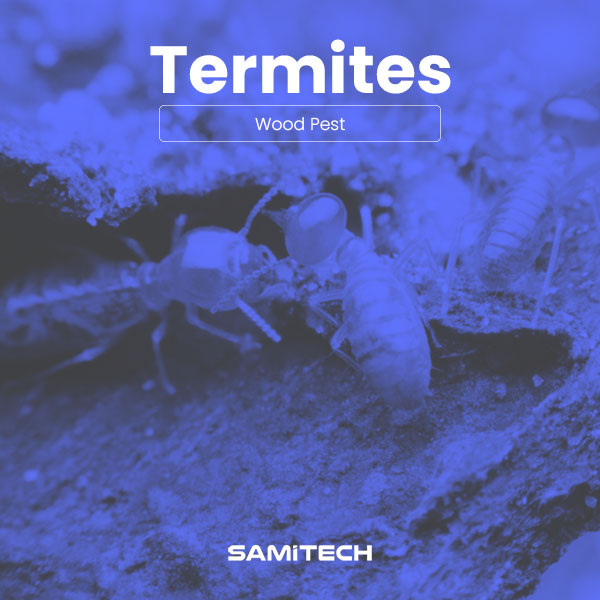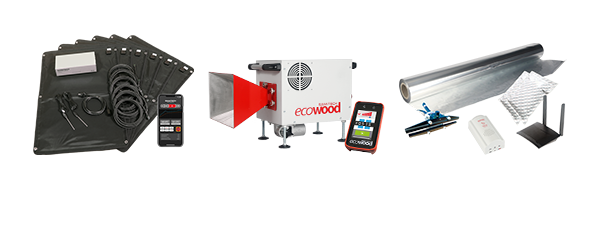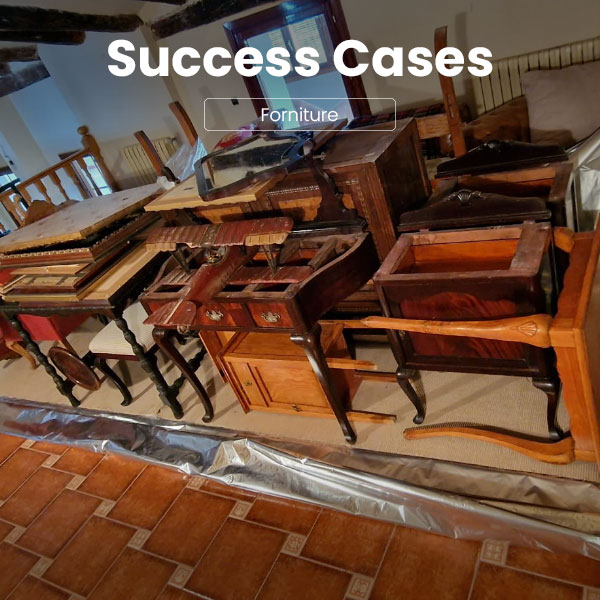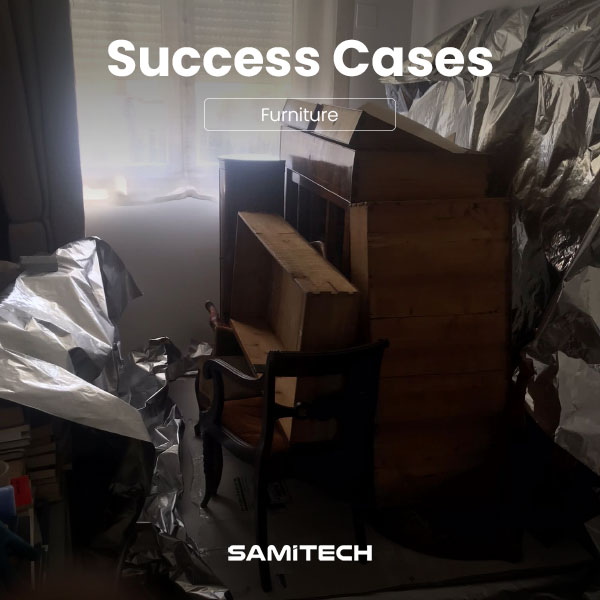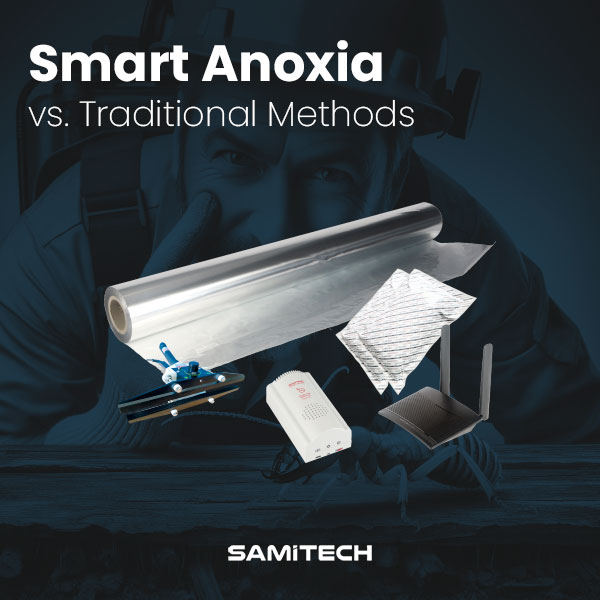Wood Pest: Termites
Termites, members of the order Isoptera, are social insects that have adapted to a variety of habitats worldwide, from tropical forests to temperate regions. Although there are different termite species, all share fundamental biological characteristics that define their behavior and ecology.
Social and Reproductive Structure:
Termite colonies are highly organized and may include thousands or even millions of individuals. The colony structure typically includes specialized castes such as workers, soldiers, and reproductives. Workers are responsible for building galleries, caring for the young, and foraging for food, while soldiers protect the colony from potential threats. Reproductives, known as alates, are responsible for reproduction and founding new colonies during nuptial flights.
Feeding Habits and Impact on Wood:
Termites are known for their ability to feed on cellulose materials such as wood, paper, and other plant products. While some species feed exclusively on dead and decaying wood, others can attack structural wood in human buildings and structures. Termite damage can be significant, as they excavate galleries within the wood, weakening its structure and compromising its integrity.
Life Cycle and Reproduction:
The termite life cycle is complex and comprises several stages, including egg, nymph, and adult. During nuptial flights, alates emerge from the colony and mate in the air. Once fertilized, females shed their wings and establish new colonies, where they lay eggs that give rise to new generations of termites.
Physical Methods for Termite Control
Given the destructive nature of termites and their ability to infest wood structures, it is crucial to implement effective control measures. Physical methods offer an alternative to chemical treatments and can be equally effective in termite control.
- Microwave Heat: Using specialized equipment, infested wood is exposed to high temperatures through microwaves, resulting in the elimination of termites and their eggs due to extreme heat.
- Anoxia: Anoxia involves removing oxygen from the environment of infested wood, leading to the suffocation of termites. This method is achieved by sealing the wood hermetically and replacing the air with inert gases.
- Heat Treatments: Heat treatments involve heating the wood to lethal temperatures for termites using specialized equipment. This method is highly effective in exterminating termites present in the wood.
Termites pose a significant threat to wood structures and require effective control strategies. Physical methods offer a safe and environmentally friendly alternative to combat these pests, providing a lasting solution to protect wood structures from their destructive influence. By understanding the biology and behavior of termites, we can develop more effective control approaches and preserve the integrity of our wood structures in the long term.

